How Heat Affects a Roof
A roof continually braves extreme weather conditions. While cold winters are considered to be the hardest, summer brings its share of threats for the roof. Soaring temperatures during the summers cause serious damage to the roof and shorten its lifespan. The constant beating of sunshine and relentless summer heat can kill the roof, especially if it is old or does not have large trees shading it to protect from the sun. That is why roofers suggest that regular roof inspection and roof repair should be a part of every homeowner’s home improvement list.
During summers, all types of roofs (residential, commercial, or industrial) have to deal with constant exposure to UV rays, high humidity, thermal shock combined with summer storms, and falling trees that pose a serious threat to the roof’s integrity. These factors can affect the roof to the extent that you might have to opt for roof replacement earlier than its estimated life expectancy. Shingle roofs are the most susceptible to the damaging impacts of intense heat. The exposure to different weather elements over time deteriorates the shingles, and being under constant heat speeds up the process. Here are some of the effects that persistent heat can have on the roof shingles:
Cracking
When shingles are in constant contact with the sun combined with heat, strong winds, and debris, they become brittle, hard, and inflexible, leading to cracks. Cracked shingles need immediate attention and repair as it allows moisture to pass through the roof, which compromises the roof’s structure.
Decaying
With continuous exposure to high heat, the shingles start to decay. Old and worn-out roof decomposes faster than the newer ones. If you notice any rotted, crippling, or deformed shingles, or big chunks are missing, call a roofing contractor to repair them to avert further damage.
Discoloration
Heat and UV rays of the sun make the bright shingles look dull and lifeless. Discoloration affects the reflective capacity of the shingles that helps in keeping the home cold. Shingle’s color and coating have a significant effect on the home’s internal temperature.
Shrinking
Heat can also shrink the shingles, popping out the nails that keep the shingles attached to the roof. It makes the roof prone to degradation that can cause leaks.
Warping
Old shingles are easily affected by the extreme heat, causing them to curl or bend upwards on the corners. The situation may get worse if the temperature goes higher. If left untreated, the warped shingles become vulnerable to being raised by strong winds.
How to protect the roof from heat damage
While it is impossible to keep the heat and sun away from the roof, there are ways to reduce the extent of damage they can cause. It is essential to look for signs of heat damage regularly. Regular roof inspections by a professional roofing company keep it maintained and prolongs its life. It helps in the early identification of issues and timely repairs before the problem escalates.
Ensuring proper roof ventilation is also essential as it prevents heat from building up by allowing it to escape. Using the right roofing materials can also help extend the roof’s life and protect it from the effects of extreme heat. Choosing light-colored shingles and ensuring proper roof installation can also prevent roof degradation.
Whether you are looking to replace the old roof or it requires repair and maintenance due to the, contact a professional roofing contractor for assistance.
Irish Roofing Company provides Scottsdale with residential tile roof installation and replacement, shingle roof installation and replacement, metal roof installation and replacement, roof repair, roofing maintenance, and roof inspection services. Count on our uniformed, knowledgeable, and experienced roofers for high-quality roofing solutions.

